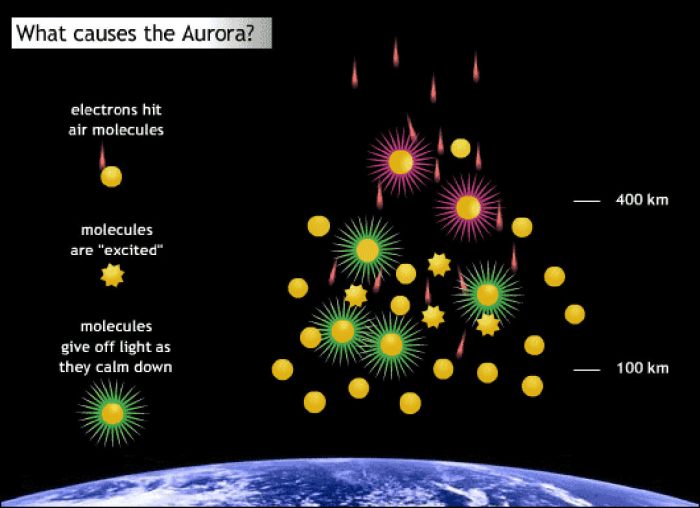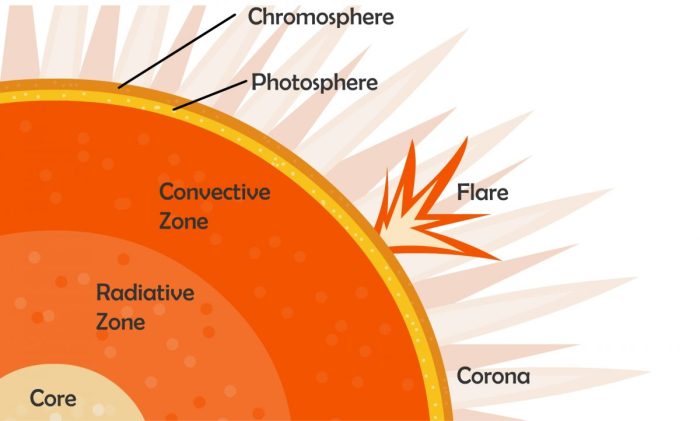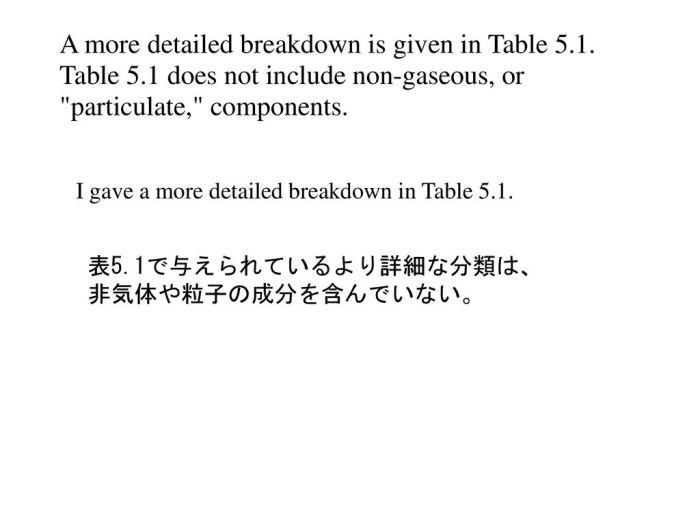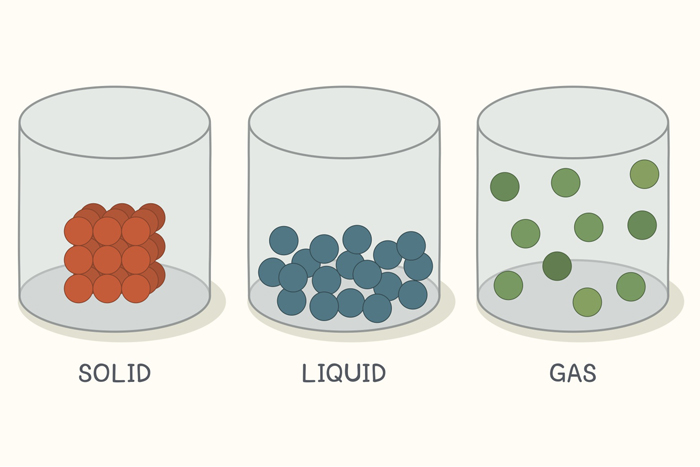Materia gaseosa que dio lugar al sol, or the gaseous matter that gave rise to the Sun, is a fascinating topic that has captivated scientists for centuries. This matter, composed of various elements and compounds, played a crucial role in the formation of our solar system’s central star.
The gaseous matter that formed the Sun originated from the interstellar medium, a vast reservoir of gas and dust that permeates the galaxy. Through gravitational collapse, this matter began to condense, forming a rotating disk known as the solar nebula.
Within this nebula, various processes, including accretion and nucleosynthesis, shaped the Sun’s composition and characteristics.
Origin of Solar Nebula

The solar nebula, the precursor to our solar system, originated from the interstellar medium (ISM), the vast expanse of gas and dust that permeates the galaxy. This process involved the gravitational collapse of a molecular cloud, a dense region of the ISM composed primarily of hydrogen and helium.
As the molecular cloud collapsed, its constituent particles collided and lost energy, causing it to fragment into smaller clumps. One such clump, with a mass slightly greater than that of the Sun, became the solar nebula. This nascent nebula inherited the chemical composition of the molecular cloud, which was enriched with elements heavier than hydrogen and helium due to prior generations of star formation.
Composition and Properties
The solar nebula was a vast, rotating disk of gas and dust, with a diameter of about 200 AU (astronomical units) and a mass approximately equal to that of the Sun. It was primarily composed of hydrogen and helium, with trace amounts of heavier elements such as carbon, nitrogen, oxygen, silicon, and iron.
The temperature of the nebula varied with distance from the center. The inner regions, closer to the proto-Sun, were hotter, reaching temperatures of up to 2,000 K, while the outer regions were cooler, with temperatures below 100 K.
Accretion and Formation of the Sun

The formation of the Sun involved a process called accretion, where small particles gradually accumulated and merged to form larger bodies. This process was driven by gravity, which attracted particles towards each other, and angular momentum, which caused the particles to orbit around a central point.
Role of Gravity
Gravity played a crucial role in the accretion process by pulling particles together. As more particles accumulated, the gravitational force between them increased, leading to a snowball effect where more and more particles were drawn in.
Role of Angular Momentum
Angular momentum, the rotational motion of the particles, also played a significant role. As the particles collided and merged, they transferred some of their kinetic energy into rotational energy, causing them to orbit around a central point. This rotational motion helped stabilize the growing body and prevented it from collapsing under its own gravity.
Formation of the Sun
As the accretion process continued, the central body grew in size and mass. The increased mass resulted in a stronger gravitational pull, which attracted even more particles. Eventually, the central body became massive enough to ignite nuclear fusion in its core, marking the birth of the Sun.
Composition of the Gaseous Matter

The gaseous matter that gave rise to the Sun was primarily composed of hydrogen and helium, with trace amounts of heavier elements. Hydrogen and helium are the most abundant elements in the universe, formed during the Big Bang nucleosynthesis. Heavier elements, such as oxygen, carbon, nitrogen, and iron, were produced later through stellar nucleosynthesis.
Abundance and Distribution
Hydrogen was the most abundant element in the gaseous matter, accounting for approximately 74% of its mass. Helium was the second most abundant element, comprising around 24% of the mass. The remaining 2% consisted of heavier elements.
The gaseous matter was not uniformly distributed. Hydrogen and helium were more concentrated in the outer regions, while heavier elements were more concentrated in the inner regions. This distribution was likely due to gravitational settling, where heavier elements sank towards the center of the gaseous cloud.
Thermal and Chemical Processes
The gaseous matter that gave rise to the Sun underwent significant thermal and chemical processes.The thermal processes within the gaseous matter involved gravitational collapse and the release of gravitational potential energy. As the matter collapsed, its density and temperature increased.
The gravitational potential energy was converted into thermal energy, heating the gas. The temperature increase caused the gas to become ionized, forming a plasma.
Chemical Reactions and Nucleosynthesis, Materia gaseosa que dio lugar al sol
Chemical reactions and nucleosynthesis also took place within the gaseous matter. The high temperatures and pressures in the plasma caused atoms to collide with each other at high speeds, leading to nuclear reactions. These reactions fused lighter elements into heavier elements, a process known as nucleosynthesis.
The primary elements produced through nucleosynthesis were hydrogen, helium, and lithium.
Timescales and Evolution: Materia Gaseosa Que Dio Lugar Al Sol

The formation of the Sun was a protracted process that spanned millions of years. The gaseous matter that gave rise to the Sun underwent several distinct stages of evolution, each characterized by different physical and chemical processes.
Timeline
The timeline of the Sun’s formation can be divided into the following stages:
- Gravitational Collapse:The initial stage involved the gravitational collapse of a giant molecular cloud.
- Formation of the Protostellar Disk:As the cloud collapsed, it flattened into a rotating disk, with the Sun forming at its center.
- Accretion and Growth:The Sun’s mass grew through the accretion of surrounding gas and dust.
- Nuclear Fusion Ignition:Once the Sun’s core reached a sufficient temperature and density, nuclear fusion ignited, marking the birth of the Sun.
Evolution of the Gaseous Matter
As the gaseous matter evolved, it underwent several significant changes:
- Temperature Increase:The temperature of the gas increased as it collapsed, due to the release of gravitational energy.
- Density Increase:The density of the gas also increased as it collapsed, leading to the formation of a central core.
- Chemical Differentiation:As the temperature and density increased, different chemical elements began to separate out, with heavier elements sinking towards the center.
- Formation of Dust Grains:At high temperatures, certain elements, such as silicon and oxygen, condensed into dust grains.
These changes in the gaseous matter ultimately led to the formation of the Sun, a stable, self-luminous star that has been shining for billions of years.
Comparison to Other Stellar Systems

The formation of the Sun, our star, shares similarities and exhibits differences compared to the formation of other stars in the Milky Way galaxy. Understanding these comparisons provides insights into the broader processes of star formation and the diversity of stellar systems.
One similarity lies in the initial conditions required for star formation. Stars, including the Sun, form from the collapse of massive clouds of gas and dust known as molecular clouds. These clouds contain the raw materials necessary for star formation, primarily hydrogen and helium.
Triggering Mechanisms
The triggering mechanisms for star formation can vary, but a common factor is often the presence of external disturbances. In the case of the Sun, it is believed that a nearby supernova explosion may have triggered the collapse of the molecular cloud that eventually formed the solar system.
Other stars may form through different triggering mechanisms, such as the collision of two molecular clouds or the gravitational influence of a passing star. Regardless of the specific trigger, the collapse of the molecular cloud initiates the process of star formation.
Accretion and Growth
As the molecular cloud collapses, it fragments into smaller clumps of gas and dust. These clumps then begin to accrete additional mass from the surrounding cloud, growing in size and density. In the case of the Sun, it is estimated that it took approximately 10 million years for the solar nebula to form and for the Sun to reach its current mass.
The accretion process is similar for other stars, although the timescales involved can vary depending on the mass and density of the molecular cloud. More massive stars tend to form more rapidly than less massive stars due to their stronger gravitational pull.
Composition and Evolution
The composition of the gaseous matter that forms stars is also generally similar. Hydrogen and helium are the primary constituents, with trace amounts of heavier elements. However, the relative abundances of these elements can vary between stars, depending on the chemical composition of the molecular cloud from which they formed.
The evolution of stars after their formation is influenced by their mass. More massive stars have shorter lifespans than less massive stars due to their more rapid consumption of nuclear fuel. The Sun is considered a relatively long-lived star, with an estimated lifespan of approximately 10 billion years.
Observational Evidence

Observational evidence strongly supports the theory that the Sun formed from a gaseous nebula. Several techniques and instruments have been employed to gather this evidence, providing valuable insights into the Sun’s origins and evolution.
Observational Techniques and Instruments
Astronomers have utilized a range of techniques and instruments to study the Sun and its surroundings, including:
- Spectroscopy:This technique analyzes the Sun’s light to determine its chemical composition and temperature.
- Photometry:Measures the intensity of the Sun’s light at different wavelengths, providing information about its surface temperature and activity.
- Imaging:Captures images of the Sun in various wavelengths, revealing its surface features and dynamics.
- Spacecraft Missions:Probes and satellites have been sent to study the Sun up close, providing detailed observations of its magnetic field, plasma dynamics, and composition.
FAQs
What is materia gaseosa que dio lugar al sol?
Materia gaseosa que dio lugar al sol refers to the gaseous matter that existed prior to the formation of the Sun and played a crucial role in its development.
How did the gaseous matter form the Sun?
The gaseous matter underwent gravitational collapse, forming a rotating disk called the solar nebula. Within this nebula, accretion and nucleosynthesis processes led to the formation of the Sun.
What was the composition of the gaseous matter?
The gaseous matter was composed primarily of hydrogen and helium, along with trace amounts of other elements and compounds.